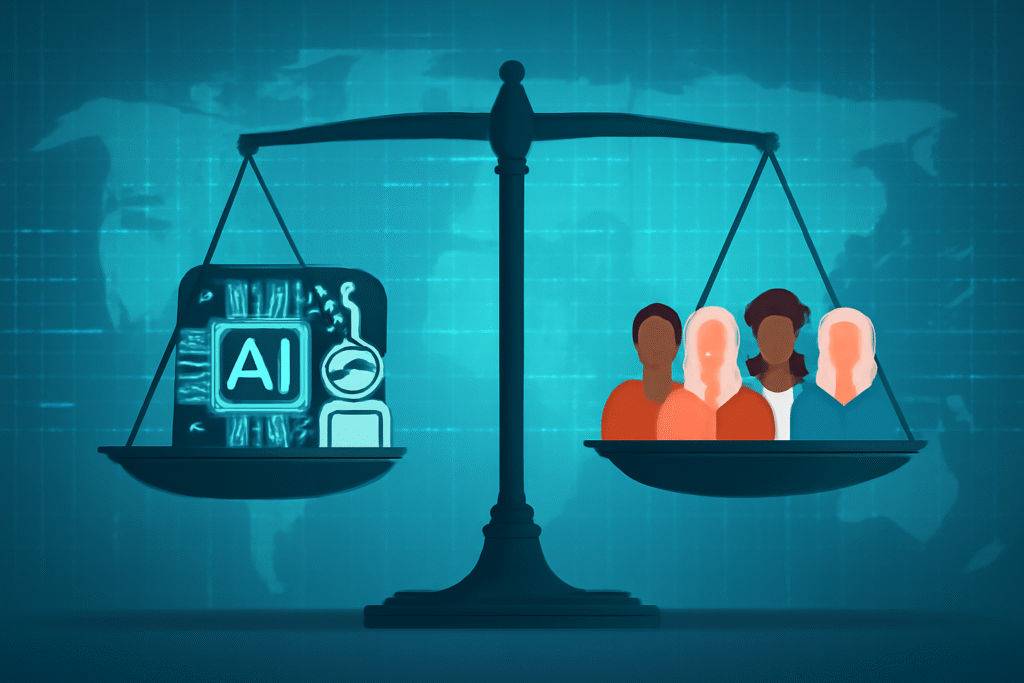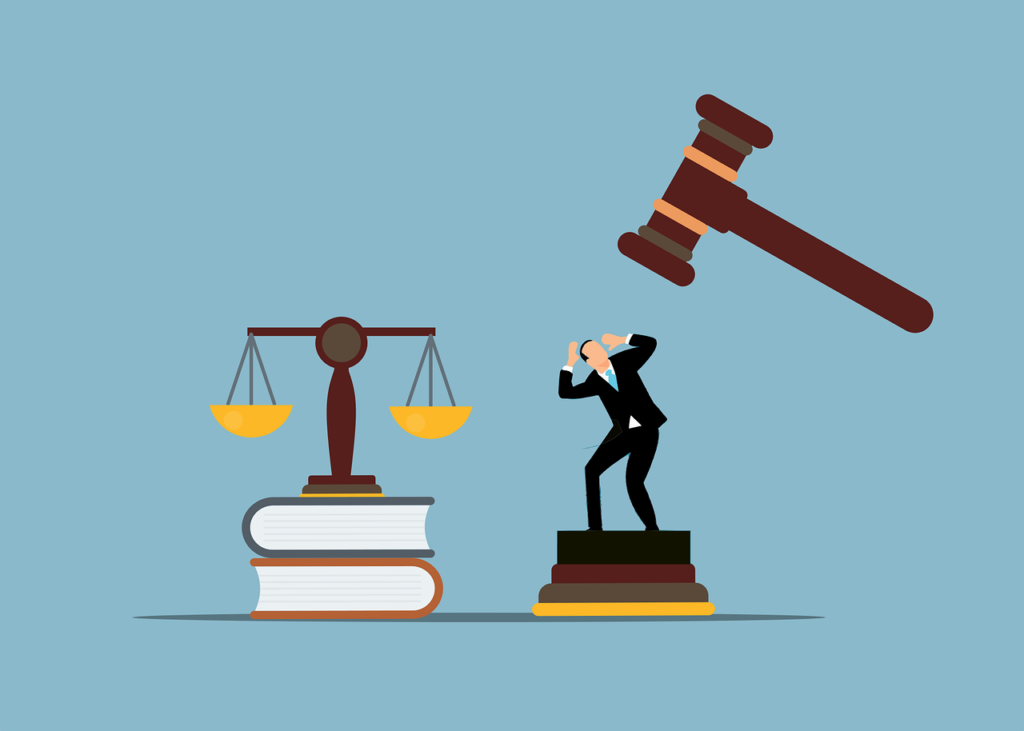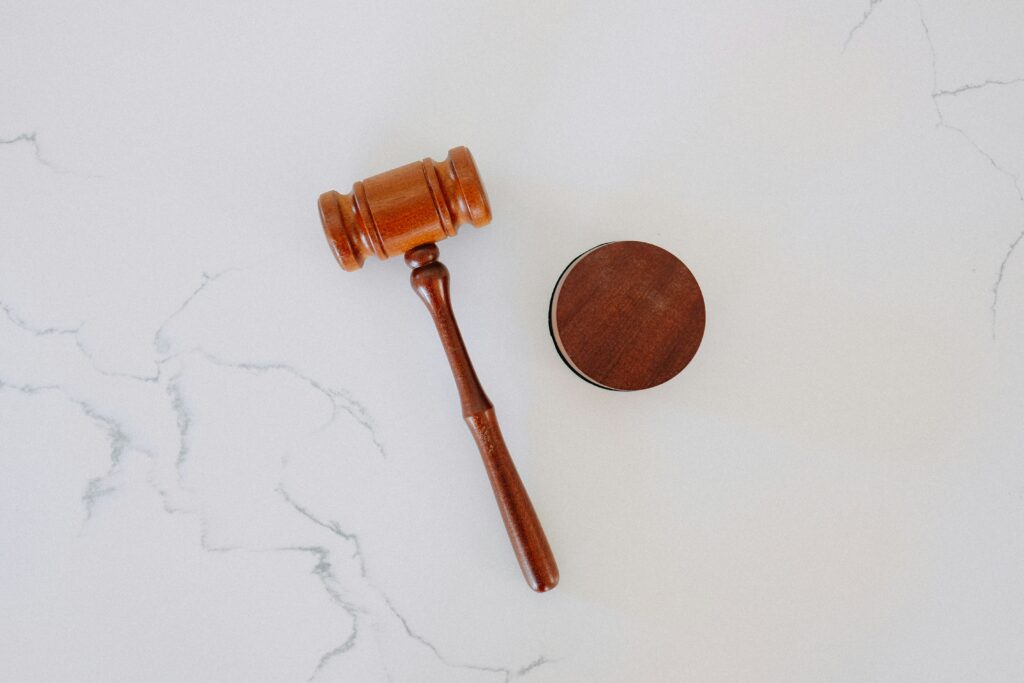Published on 31st March 2025
Authored By: Himasikta Tanaya Singh
Bangalore Institute of Legal Studies, Karnataka State Law University
INTRODUCTION
The anatomical elements of a crime have been condensed into a convenient and rather commonly known legal maxim – actus non facit reum nisi mens sit rea.[1] It states that for a person to be subject to criminal liability, there must have been an actus reus, a guilty act, as well as a mens rea, a guilty state of mind, on their part.
This implies that the absence of either of the aforesaid essentials opens a prospect for the accused to be protected from being penalized for a prima facie offence. The claims made and arguments presented to demonstrate that the impugned action is a non-offence, are called general exceptions[2].
One such general exception is an act of a person of unsound mind, which was earlier covered under section 84 of the Indian Penal Code, 1860[3], and is now provided for under section 22 of the Bharatiya Nyaya Sanhita, 2023[4]. The defence of insanity, furiosus nulla voluntus est[5], as found under the substantive criminal law of India, originated in a landmark decision of the House of Lords, England, in the case of R v Daniel McNaughten[6], and the legal test applied when the defence of insanity is opted for, is called the McNaughten rule[7].
IN THE CASE OF R v DANIEL McNAUGHTEN
Facts:
Daniel McNaughten was affected by morbid delusions that the Tory Party was conspiring against him and sending spies with the assistance of Catholic priests to harass him. He decided to take matters into his own hands and put an end to his problems by killing the Tory Prime Minister, Sir Robert Peel.
On the 20th of June 1843, McNaughten’s plan swerved when he mistook Edward Drummond, the Private Secretary of Sir Robert Peel, for the Prime Minister himself, and shot him in the back after following him after he came out of the Prime Minister’s residence[8].
McNaughten was arrested for the murder of Edward Drummond, and he pleaded not guilty on the grounds of insanity[9], which set his trial in motion.
Issue and Trial:
The primary issue that the jury was facing was whether McNaughten’s plea of innocence on grounds of insanity held water.
McNaughten was able to produce sufficient medical evidence during the trial, which confirmed that his delusions were real. McNaughten’s case was also helped by the fact that the doctors who were appearing for the Crown concurred with the opinions of the doctors called by defense[10].
Judgment:
The jury was convinced with the findings of the medical examination that Daniel McNaughten had undergone since he pleaded insanity and acquitted him of the murder of Edward Drummond. However, the same grounds of insanity led to McNaughten being forcibly institutionalized until the end of his life in 1865[11].
The Aftermath:
The acquittal of an accused in a high-profile murder with a political angle, on grounds of a defence that had not then been well known, naturally invited a lot of protests and uproar, with Queen Victoria displeased that the verdict had not been interpreted with satisfactory width[12].
This verdict was taken up as a subject of debate in the House of Lords, and a panel of His Majesty’s judges were posed with five questions, whose replies, which were given on the 19th of June 1843, came to be known as McNaughten’s rules[13].
THE McNAUGHTEN RULES[14]
- Until shown otherwise, the default assumption is that every man is sane and thus possesses enough reason to be held responsible for his crimes.
- A medically insane person is still punishable if he has knowledge of the consequences of his actions, at the time of commission of crime.
- The burden of proof of insanity lies on the accused, since they claim that they are unable to understand the nature and repercussions of their actions, due to a defect of reason or disease[15].
- The insane individual ought to be subject to the same responsibility as though the circumstances surrounding the hallucination were actual.
- It is for the jury to decide insanity, or its absence thereof, on part of the defendant.
It is imperative to note that since the McNaughten rules had been formulated after McNaughten’s acquittal and institutionalization, these rules had not been applied to his case. Had they applied, McNaughten himself would have been found guilty as per the criteria laid down by his namesake rules[16].
This is because the defence of insanity requires an absence of knowledge regarding consequences of action. McNaughten was intent on killing the then Prime Minister, which is why he took the shot, regardless of who got killed. McNaughten was aware that shooting at an individual would take the life of said individual, and such awareness is sufficient to deny him or anyone in his place, the defence of insanity. The plea that he was driven to such lengths because of the delusions that ailed him is inadequate when placed against the fact that he possessed knowledge of the consequences of his actions, at the time of committing them.
THE DEFENCE OF INSANITY UNDER BHARATIYA NYAYA SANHITA, 2023
Chapter III of the Bharatiya Nyaya Sanhita is entitled “General Exceptions” and covers “Act of a person of unsound mind” under Section 22 of the legislation, which reads as follows:
“Nothing is an offence which is done by a person who, at the time of doing it, by reason of unsoundness of mind, is incapable of knowing the nature of the act, or that he is doing what is either wrong or contrary to law”[17].
A perfunctory reading of the section is sufficient to not only highlight the essentials of the defence of insanity in the Indian context but also establish that the section was modelled after the McNaughten rules[18].
The section categorically states the accused must be of unsound mind, at the time of commission of the act, and that the unsoundness must be such that it renders the accused incapable of knowing the nature of his actions.
Eventually when the McNaughten rules began to be criticized, for reasons that shall be discussed further, the Law Commission of India decided to revisit section 84 of the now repealed Indian Penal Code, 1860, examining the criticisms from various authorities[19] such as the British Royal Commission on Capital Punishment and the Tasmanian Criminal Code.
The Law Commission of India was confident in the adequacy of the present provisions, and in fact believed that several difficulties would arise if the provisions were relaxed any further. Since it was held that section 84 of the Indian Penal Code, 1860, did not require any changes in the Indian context, the now repealed section was carried forward verbatim to the Bharatiya Nyaya Sanhita, under section 22.
CRITICISM OF THE McNAUGHTEN RULES
The very first pushback the McNaughten rules received was on the grounds that they were based on a misleading conception of the nature of insanity itself. They restricted themselves to the cognitive impairment aspect of insanity while completely excluding the fact that insanity impacts the will and emotions of a person as well. In response to the allegation that the McNaughten rules were “too narrow”, the Irresistible Impulse test was created in 1887 in Parsons v. State[20].
The latter volitional test was created to supplement the McNaughten rules and equip them with a wider scope, but it collapsed onto itself since not only was it difficult to define the rather subjective “irresistibility”, but it was also an equally challenging quality to prove in a court of law.
Critics of the McNaughten rules also pointed out that given the period when the rules were framed, they failed to incorporate the medical and psychiatric aspects of insanity and therefore argued that a seemingly criminal act should be excused if it was a product of a mental illness, never mind that the accused was aware that his actions were wrongful. This is the Durham rule[21].
In an attempt to be broader than the McNaughten rules, the Durham rule in its high reliance on psychiatric testimony ended up being “too broad”. The downfall of the Durham rule established the distinction between legal insanity and medical insanity and clarified once and for all that a court is always concerned with legal insanity, and not medical insanity. Mental disorder exists in varying degrees and mere affliction with a mental disorder would not exempt an individual from criminal liability, unless such disorder impaired the cognitive faculties of the individual to such extent as to render them incapable of determining the nature of the act they committed.
A final attempt was made to create a new rule that would sidestep the shortcomings of the McNaughten rules and the Durham rule, in the form of the Moral Penal Code Test. This test aimed at covering both cognitive and volitional aspects of insanity when providing a defence to the accused, exonerating them of their actions if their mental illness made them lack the substantial capacity to either realise that their action was criminally wrongful, or to gain command over their action.
The Moral Penal Code endured the same fate as the Durham rule since its volitional aspect that granted the defence of insanity upon partial impairment too, was used by John Hinckley Jr. during his trial for attempting to assassinate President Reagan, to obtain an acquittal[22]. The public backlash that followed led to the passing of the U.S. Insanity Defense Reform Act of 1984, which prompted a return to the “stricter” approach of the McNaughten rules.
CONCLUSION
There were multiple endeavours to replace the McNaughten rules, based on the primary contention that they were rather strict and narrow in nature. The restricted scope of the rules was consistently viewed as a drawback by every new rule that tried to take its place, oblivious to the fact that it is that restricted scope which keeps the rules applicable when the defence of insanity is opted for. It ensures that the burden of proof of insanity that befalls the accused, is in fact burdenous; that this acts as a defence in the true sense for those actually afflicted with impaired cognition and not as a means to evade penal liability for those who are not.
REFERENCES
[1] OXFORD REFERENCE, https://www.oxfordreference.com/display/10.1093/oi/authority.20110803095349253 (last visited Feb. 4, 2025).
[2] Bharatiya Nyaya Sanhita, 2023, §§ 14, 44, No. 45, Acts of Parliament, 2023 (India).
[3] Indian Penal Code, 1860, § 84, No. 45, Acts of Parliament, 1860 (India).
[4] Bharatiya Nyaya Sanhita, 2023, § 22, No. 45, Acts of Parliament, 1860 (India).
[5] See infra note 7.
[6] R v. Daniel McNaughten, 8ER 718(HL).
[7] RATANLAL & DHIRAJLAL, THE INDIAN PENAL CODE 112 (LexisNexis 2022).
[8] T V Asokan, Daniel McNaughton (1813-1865), Indian Journal of Psychiatry (Jul. – Sep. 2007), https://journals.lww.com/indianjpsychiatry/fulltext/2007/49030/daniel_mcnaughton__1813_1865_.21.aspx.
[9] RATANLAL, DHIRAJLAL, supra note 7.
[10] ASOKAN, supra note 8.
[11] Id.
[12] Id.
[13] Id.
[14] ASOKAN, supra note 8.
[15] Prem Singh v. State of NCT of Delhi, AIR 2023 SC 193
[16] ASOKAN, supra note 8.
[17] See supra note 4.
[18] Sudhakaran v. State of Kerala, AIR 2011 SC 265.
[19] Available at: https://cdnbbsr.s3waas.gov.in/s3ca0daec69b5adc880fb464895726dbdf/uploads/2022/08/2022082456.pdf (last visited Feb. 6, 2025).
[20] Parsons v. State, 81 Ala. 577,2 So. 854.
[21] Durham v. United States, 214 F. 2d 862, 872 (1954).
[22] United States v. Hinckley, 525 F. Supp. 1342 (D.D.C. 1981).




